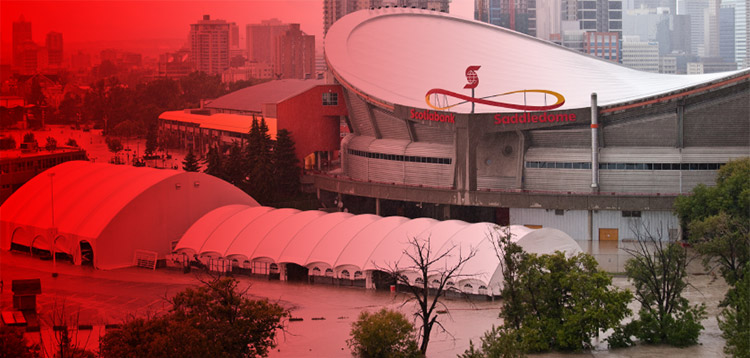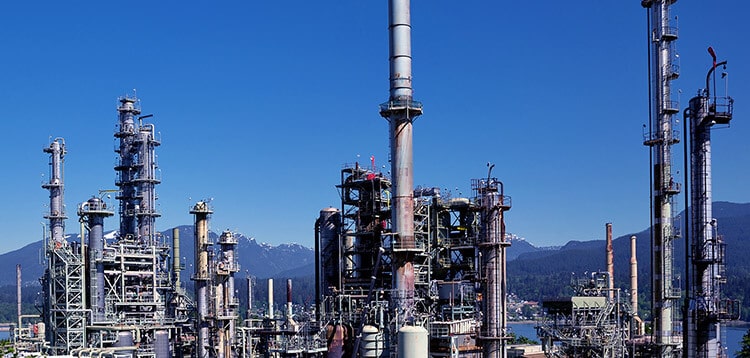- OUR APPROACH
-
COMMITTED TO YOUR SUCCESS
Our approach, developed over decades of experience, is fine-tuned to get the results you want.
We deliver concept-to-completion solutions, designed by temporary power specialists with access to the largest inventory of high-quality power generation and distribution equipment in North America.
-
- Equipment
-
RENTALS
From a wide range of diesel and natural gas generators to transformers, cable, light towers and more, our large rental fleet and extensive vendor network ensure we’ll have the temporary power equipment that your project requires — every time.

-
- Industries
-
INDUSTRIES WE SERVE
For nearly 20 years, we have been at work powering projects across Canada’s industrial sectors.
Select from this sampling of industries to learn how we can put our expertise to work for you.
VIEW ALL- Projects
- About
-
A PROUD HISTORY. A BRIGHT FUTURE.
From our inception in 1998, we have been building our team on a foundation of excellence. Our team members’ passion, expertise and commitment are what have allowed us to grow into a national company with projects across Canada.
Click on the links to learn more about our history, our team or our career opportunities.
- Blog
- Contact
-
A PGA tournament without an announcer’s booth? A Crashed Ice event with no ice? An un-televised Olympic Games? A major sporting event without temporary power wouldn’t be the same. In fact, it might not exist at all.
We spoke with George Denny, a veteran planner of major sporting events and the project manager behind this year’s Red Bull Crashed Ice, to get his take on the three keys to successful temporary power planning for a major sporting event.
Temporary Power Matters – A Lot
“Power is paramount,” states Denny. “Many of the large events that require temporary power are in a location that no power can be supplied by the city or the town where the event is taking place.” This means that everything – from television and media requirements to offices, staffing cabins, workshops and computer and phone charging outlets — relies on temporary power.
And that’s just in general. Specific events can also have unique temporary power requirements. “If you take the Red Bull event as an example,” explains Denny, “without the ice, you don’t have an event. And the only way we can get good quality ice is to use temporary power.” This is because the event requires high-quality ice that can only be created by first heating the water before freezing it.
Plan Early
Because so much relies on temporary power, the decision to bring in a temporary power company happens quite early in the planning process. “When the venue is chosen, it’s almost immediately after we know that we need to procure a temporary power solution,” Denny explains.
When that conversation happens, no matter how early, it’s important to be able to communicate certain information to the temporary power provider. “One of the most important pieces of information that a company such as Trinity needs is an overview of the project,” explains Denny. “So what are our actual aims, what are we trying to achieve? And to make that a reality, what are our requirements?”
In the early stages, according to Denny, that information is often communicated as a diagram: “Where’s the venue, what’s happening in the venue and where are the major zones within that diagram where we require power?”
Meet the Team
There’s no substitute for experience. When Denny meets a potential temporary power provider, he can tell very quickly whether or not he will be able to work with them successfully. But what advice does he have for the less experienced? “Aside from the actual delivery of the power, some of the major requirements are how we feel with the company that we choose to do the power,” says Denny. “Do we feel that we can work well with the team; do we feel that the team has the solutions that we require to deliver the project; can the team deliver our requirements within budget?”
In order to make those assessments, it is imperative to actually meet the team. “One of the key bits of advice I would give, if you are getting a company to provide the power for you, is to meet with that company and do a site visit,” Denny explains. “It’s on that site visit that you get to discuss the event and discuss the company’s history and projects they’ve done before. But most importantly on that site visit, you need to meet the team that are going to be involved in the actual event.”
This means that not any company representative will do. Says Denny, “You need to speak to the person you’re going to be speaking to every day — the major point of contact who’s going to solve all your problems for you. You need to have a good connection and a good dialogue with that person.”
Back Up Your Backup
If there’s one thing that experience has taught Denny it’s that nothing ever goes exactly according to plan. “I’ve learned that even though you put plans in place, they always go wrong. So you need to plan for the unexpected.” When it comes to temporary power, planning for the unexpected means one thing: “You always need to have a backup for the backup.”
In the high-stakes world of a major sporting event, it’s worth the cost and effort to invest in the right temporary power company, to bring them on early, and to have a thorough contingency plan with the necessary equipment ready to go.
It could mean the difference between smooth sailing and… crashed ice.
Related Articles
Subscribe for access to exclusive content


















